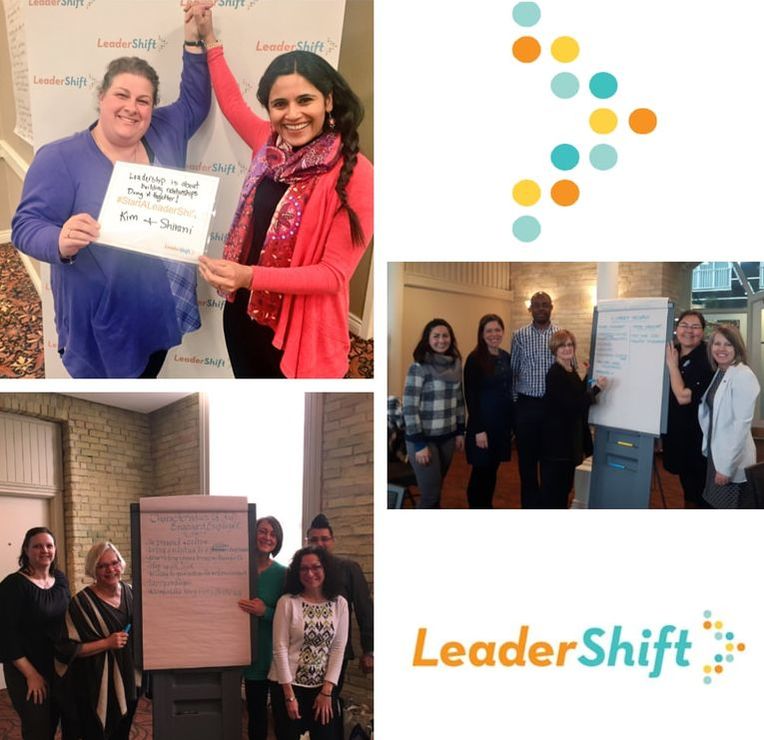|
LeaderShift provides a rare opportunity for leaders in community and primary health care to develop their capacity, ignite cross-sector collaboration, and play an important role in shaping the future of our health care system. Response to LeaderShift – and the LEADS Learning Series that lies at the heart of it – has been tremendous. Thanks to the efforts of our excellent project team, collaborators, and partners, we’re well on track to meet (and probably exceed!) our target of supporting 575 current and emerging leaders in enhancing their skills, advancing themselves and their organizations, and extending their impact. While we’re excited about the transformative potential of this large-scale capacity building initiative, we’re also sensitive to the reality that leaders in our sectors often face significant barriers to participating in professional development – especially the kind of deep development opportunity that the intensive 5-day LEADS Learning Series offers. The LEADS Learning Series is a unique opportunity to build your capacity, extend your impact, and prepare to lead the future of community and primary health care. It’s also a great chance to build your network.
Having a peer group to learn, grow, collaborate, and work with can be transformative, both for you and your organization. So how can you keep the relationships you develop at LEADS alive? Here are 4 tips for staying connected with your LEADS peers. Combine any or all of them to create the approach that’s right for you and your LEADS cohort. Now more than ever, the community and primary health care sector needs effective, dynamic leadership.
Why? To understand that, we have to consider the current challenges facing the entire health system and the new government’s proposed approach to solving them. We will only be successful in ending “hallway medicine” if all sectors across the continuum are part of the solution. The community and primary care sector will be key in increasing access and reducing wait lists, keeping patients informed and engaged, and empowering front line workers. Integrated service delivery is a major trend right now, intended to create seamless pathways to move people through the health care services they need. Here’s what you need to know about this powerful force in Ontario’s health system.
Change is a constant in Ontario's health system. And while, historically, that change has been incremental, the pace of change has been speeding in recent years.
Here are 6 trends you need to know about to stay on top of what health care transformation looks like today: For the past several years, the Ministry of Health and Long-Term Care has been supporting increased access, integrated services, informed and engaged patients, and a sustainable health care system for the province.
Fulfilling that vision means doing things differently – and engaging Chief Executive Officers (CEOs) and Executive Directors (EDs) in Ontario’s community and primary health care sector as “on the ground” system changers, using their strong leadership skills to fulfill sector wide transformation. Covering both the individual and organizational leadership landscape, the 5 Leadership Domains of the LEADS framework represent the key skills, behaviours, abilities, and knowledge required to lead at all levels of an organization:
Historically, health care has functioned on a “knight in shining armour” model of leadership, where one person is largely responsible for saving the day. But our sectors are changing. As millennials bring new energy, new ideas, and new, more collaborative ways of working into our sectors, perspectives on leadership are changing.
A perhaps surprising source of inspiration can be found in one of our national symbols: the Canada goose. Like people in our sectors, Canadian geese have a strong sense of family and group loyalty. Their leadership style suggests some interesting ways forward for humans in health care: |
https://www.ocsa.on.ca/leadership-in-a-time-of-uncertainty-lessons-from-a-community-care-ceo
|
Photo from Spider.Dog







